Hello,
Today I finally had some free time to take a closer look at UP300. It is new 3D printer from Tiertime. This printer is huge. Shipping box itself was 45kg and I was unable to take it home in my car, I had to take out printer out of shipping box and put it on passenger seat. (coupe problems) Shipping box was 61 x 56.5 x 60 cm, while printer itself is 500x523x460 mm and weights a ton (3.5>#span### right :D) with a total weight of 35kg
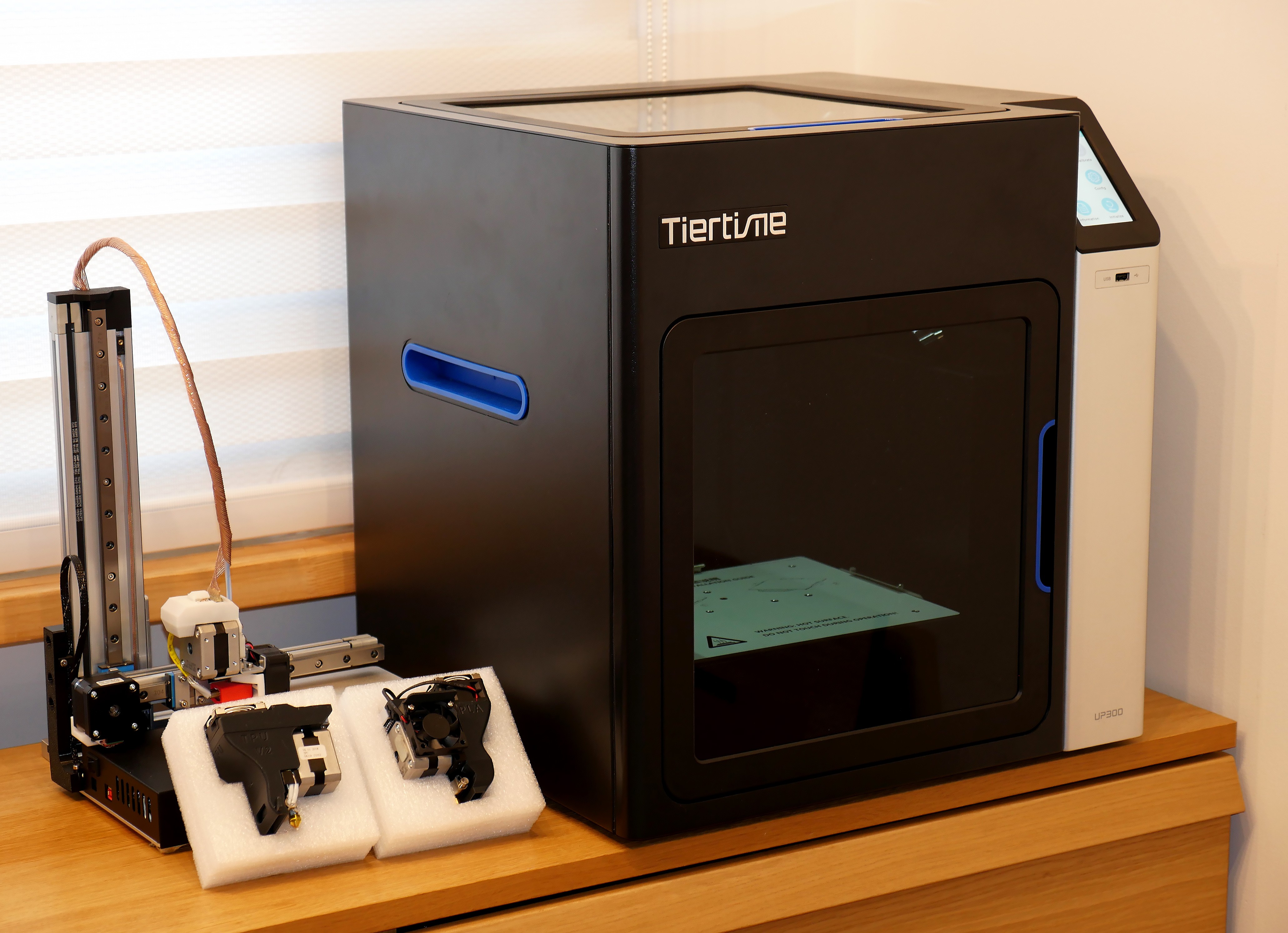
This is mainly because they use very thick sheet metal for construction, around 1.5mm. What is extremely cool about this printer ( and for 2099$ price I expect nothing more ) that it is pact with features that makes printing easy. It has everything: different extruders for different plastics, like ABS, PLA, and TPU. Large build volume of 205×255×225mm, 50um smallest Z axis step coupled with 0.2mm diameter extruder, removable heated surface for ABS printing, touch probe for automatic build plate calibration, automatic height calibration, filament detection, limit switches on all axis, gates GT belts for low backlash and so on.
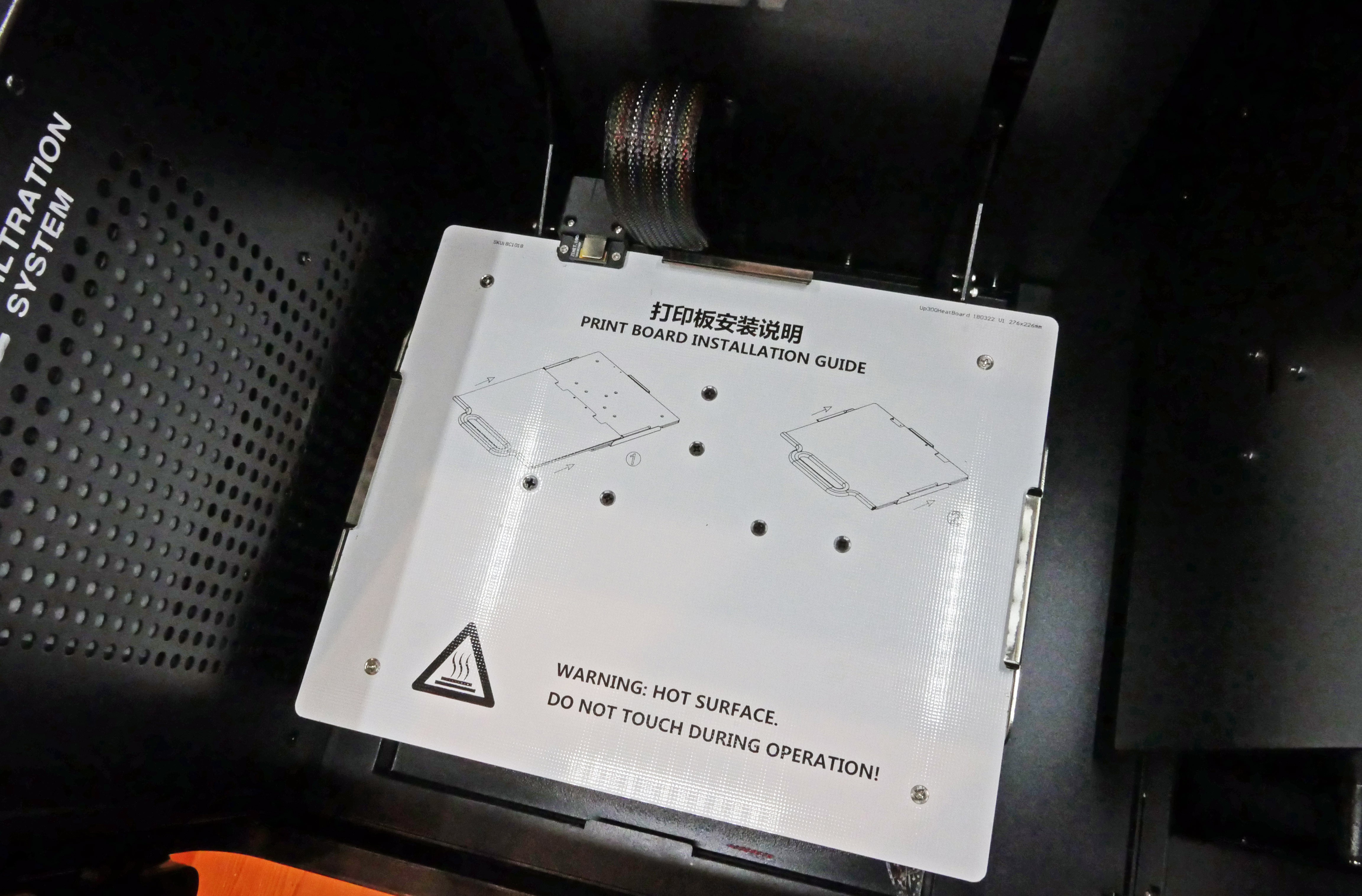
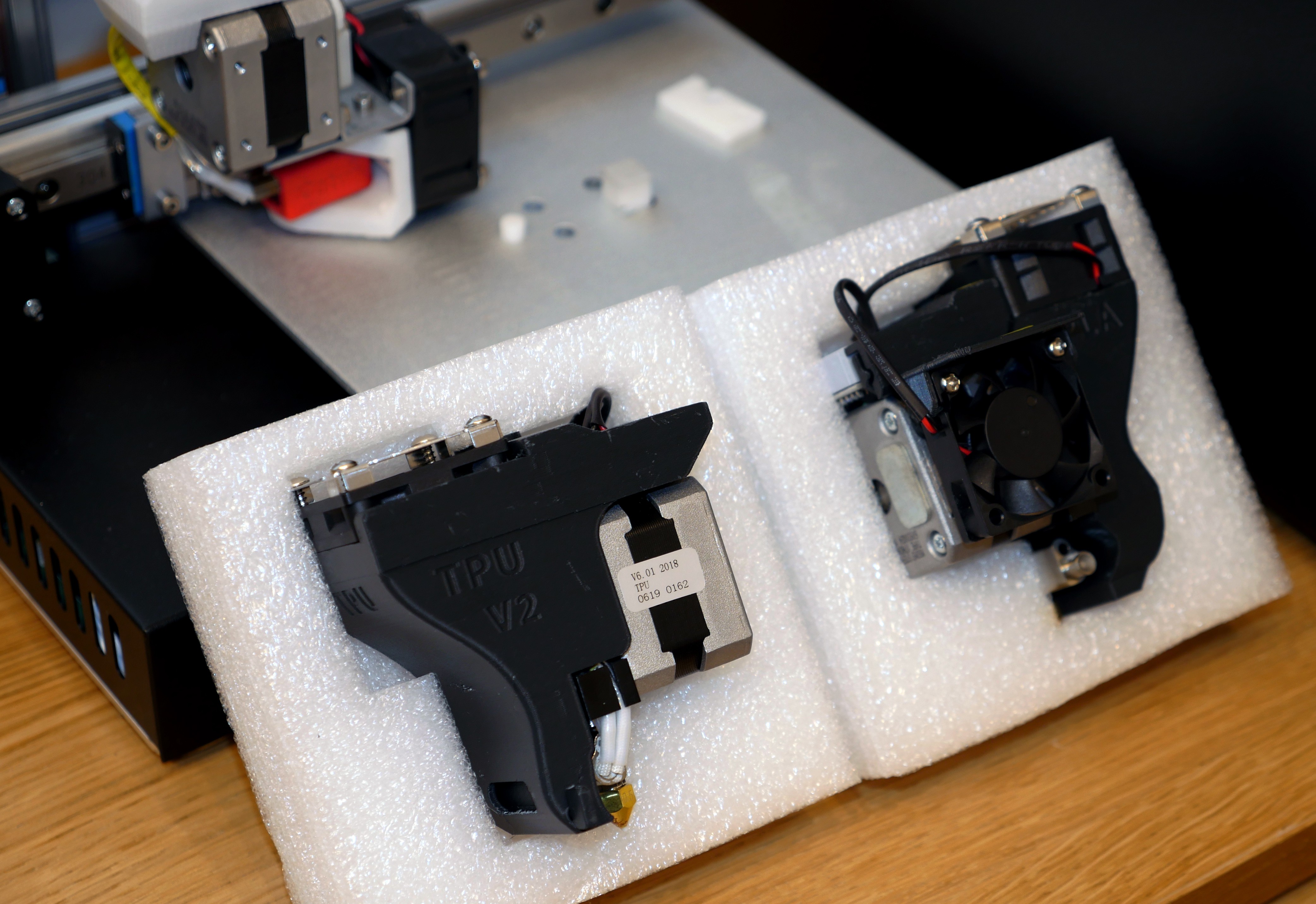
Nozzle calibration helps when you changing extruders, just change it, and press calibrate in touchscreen. Mine was working, but after some time it started to fail. Debugging was unsuccessful, I can clearly see signal on main PCB that it’s shorted, but printer just keeps pushing Z up until calibration fail message.
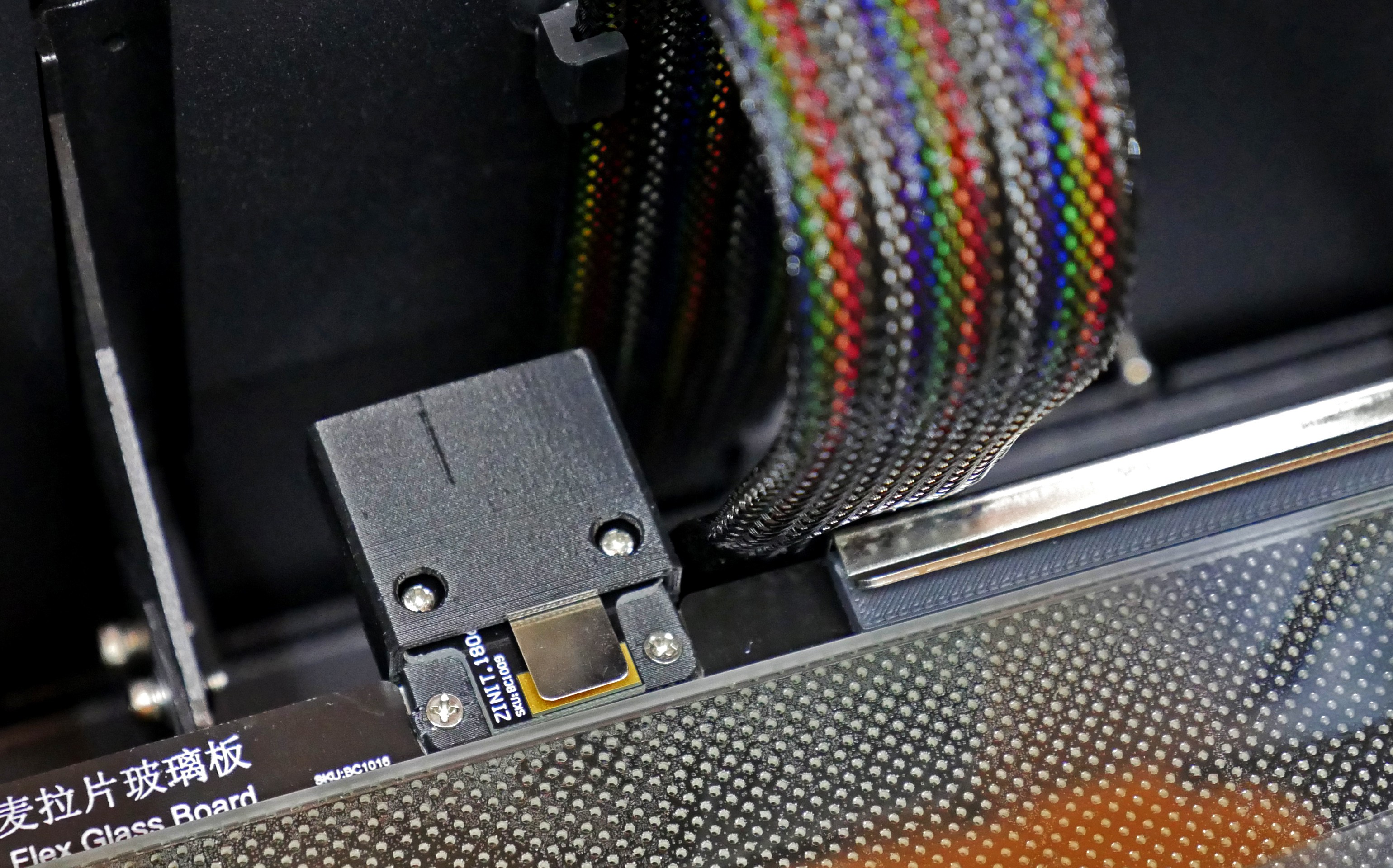
Removable glass plate for printing used good idea in theory but manifested ( at least to me) to a unreliable surface for printing. It uses thick PCB filled with holes, and i guess idea is that it will go into holes and grab very hard, but in reality it just fails for me. Turning to glass side makes things better, but thermal conductivity is not great. It takes ages to get up the temperature for ABS printing, while it‘s ok for PLA printing with sugar coating on glass. Solution, I will cut Aluminum plate in the same shape, and bond glass to it. Problem solved !
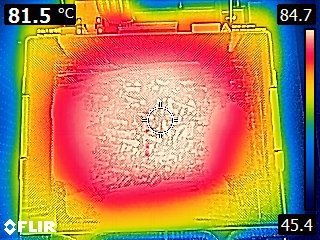
Electronics for this it’s not great let’s say. It is adopted from other project, no question about it. As an engineer I can’t understand why whey cant make fan dependent on temperature (single if statement inside program) same goes for power reduction while it’s not doing a thing. In that case after initialisation, it will be dead quiet. Same goes for stepper drivers, it is nearly drop in replacement, just tiny modification in layout. You have space for improvements, if you want my help on this, just say so. I am already designed board for this printer to take advantages on better stepper drivers.
Also, power supply is external. With so much space they could include that, but I guess it has something to do with certification process, its easy to make it for 24V, it is harder to meat requirements when you have 220V mains inside. This would be my guess.
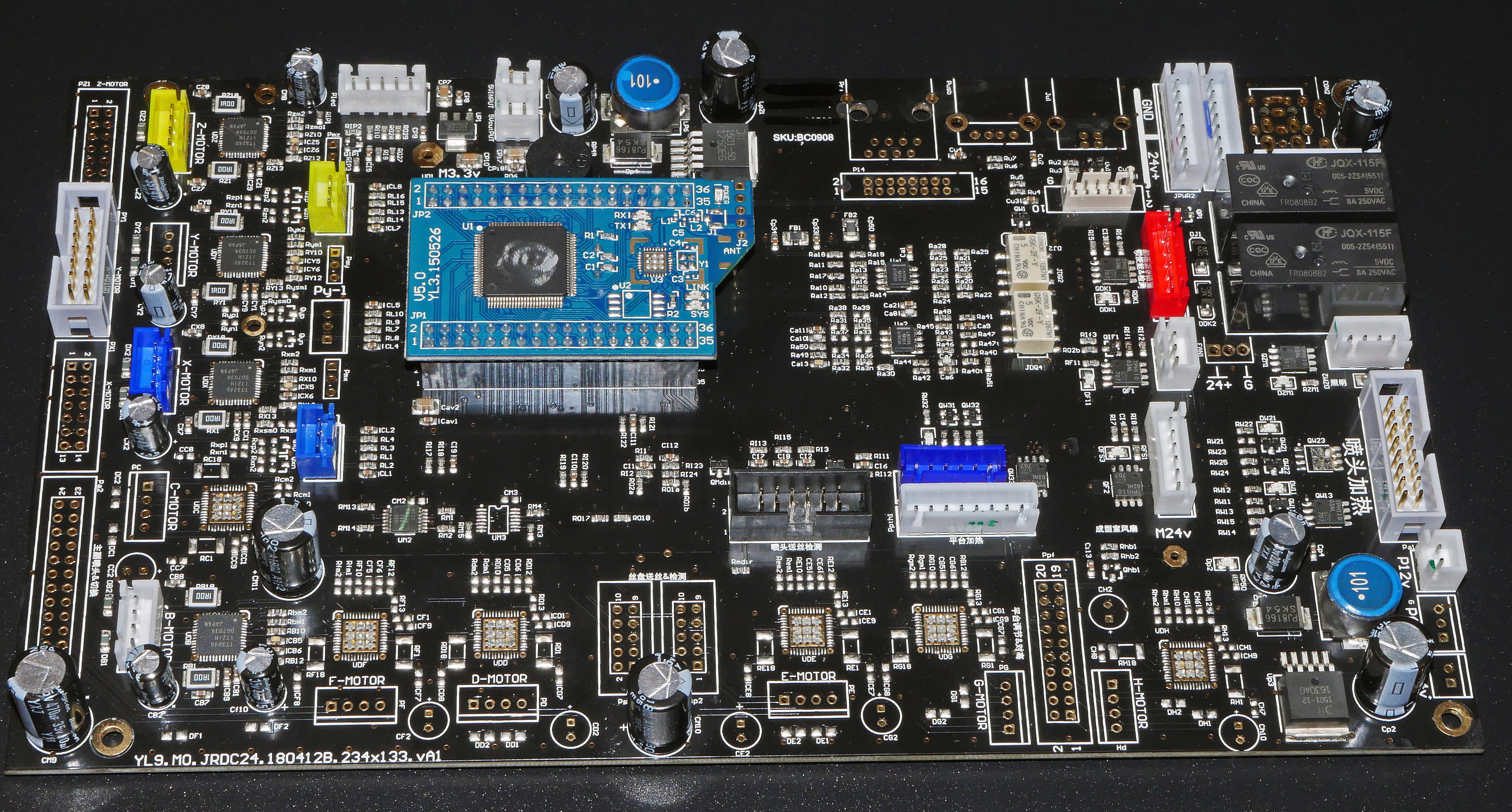
Touch interface is very useful, after initialization you don’t need computer to change filaments, feed it into extruder, do nozzle calibrations and so on. Just needs a little more pressure for touchscreen to work.
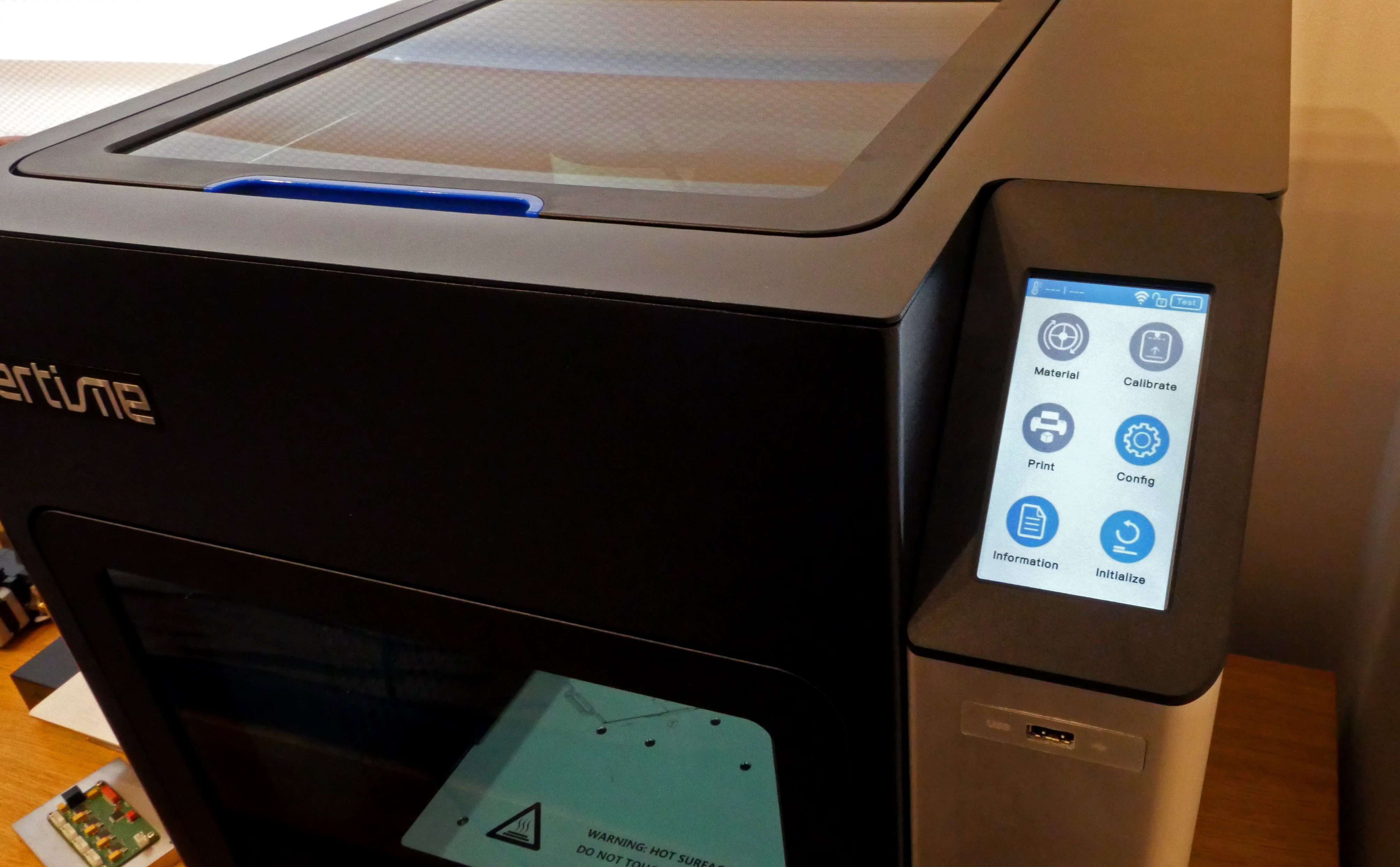
Regarding printing. PLA works first time every time. With sugar coating and 50C heated bead, it saves a lot of time on raft, and quality is just as good as Cetus3D MK2 or any other FDM printer. I am very happy this this 3D printer.
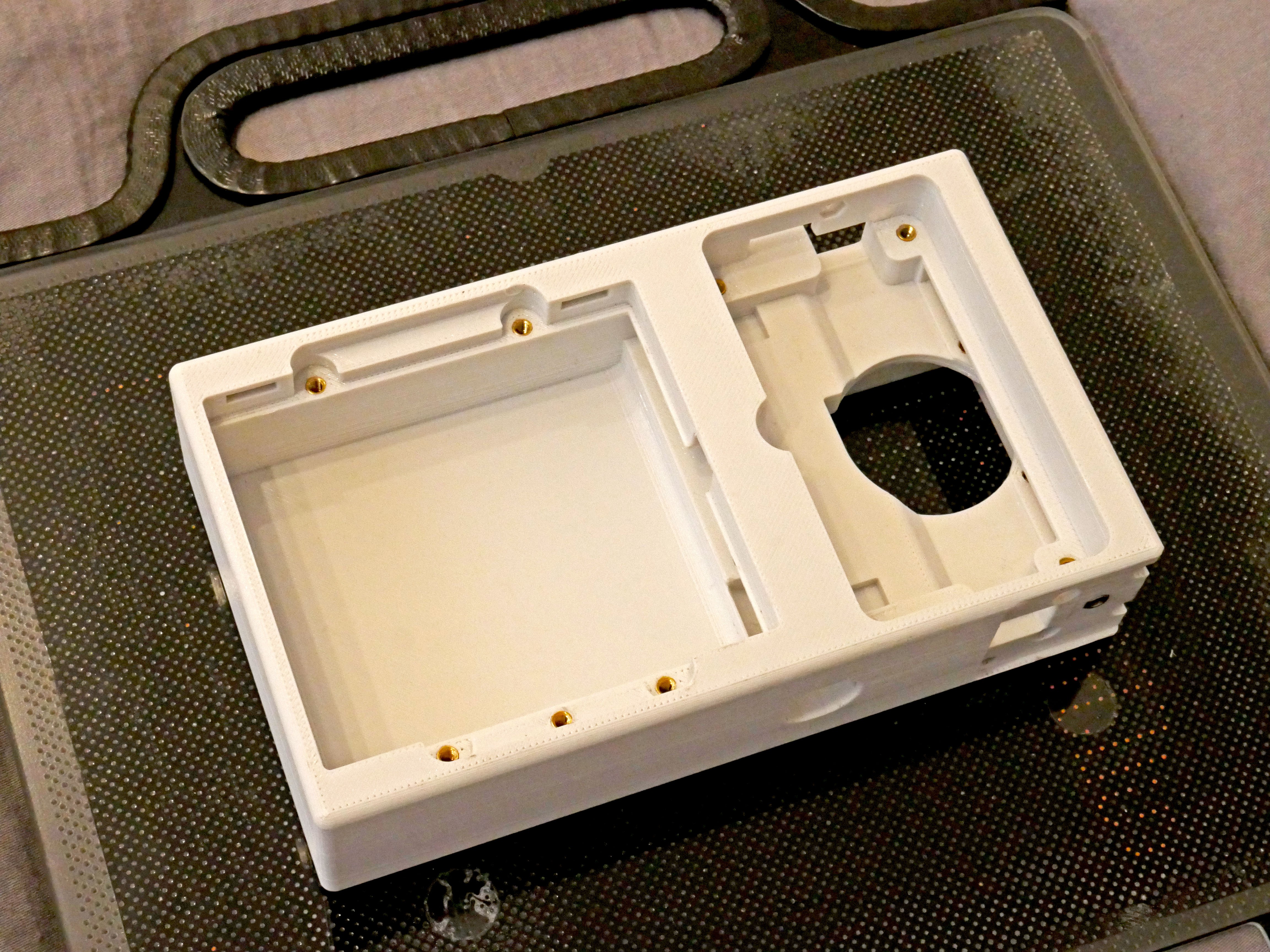
With ABS and TPU is a bit more difficult. TPU never looks perfect like PLA or ABS, and it also comes with 0.5mm nozzle diameter. I still have to work things out. And I used one of the best TPU materials from Polymaker PolyFlex™ TPU95. With ABS, it is hard to stick, sometimes corners will be lifted, so I had a very bad learning curve, I was unable to print single model for few days, but after some time I got a hand of it. I just needed better bonding to glass, that’s it. And quality is the same as with PLA, if it’s prints correctly.
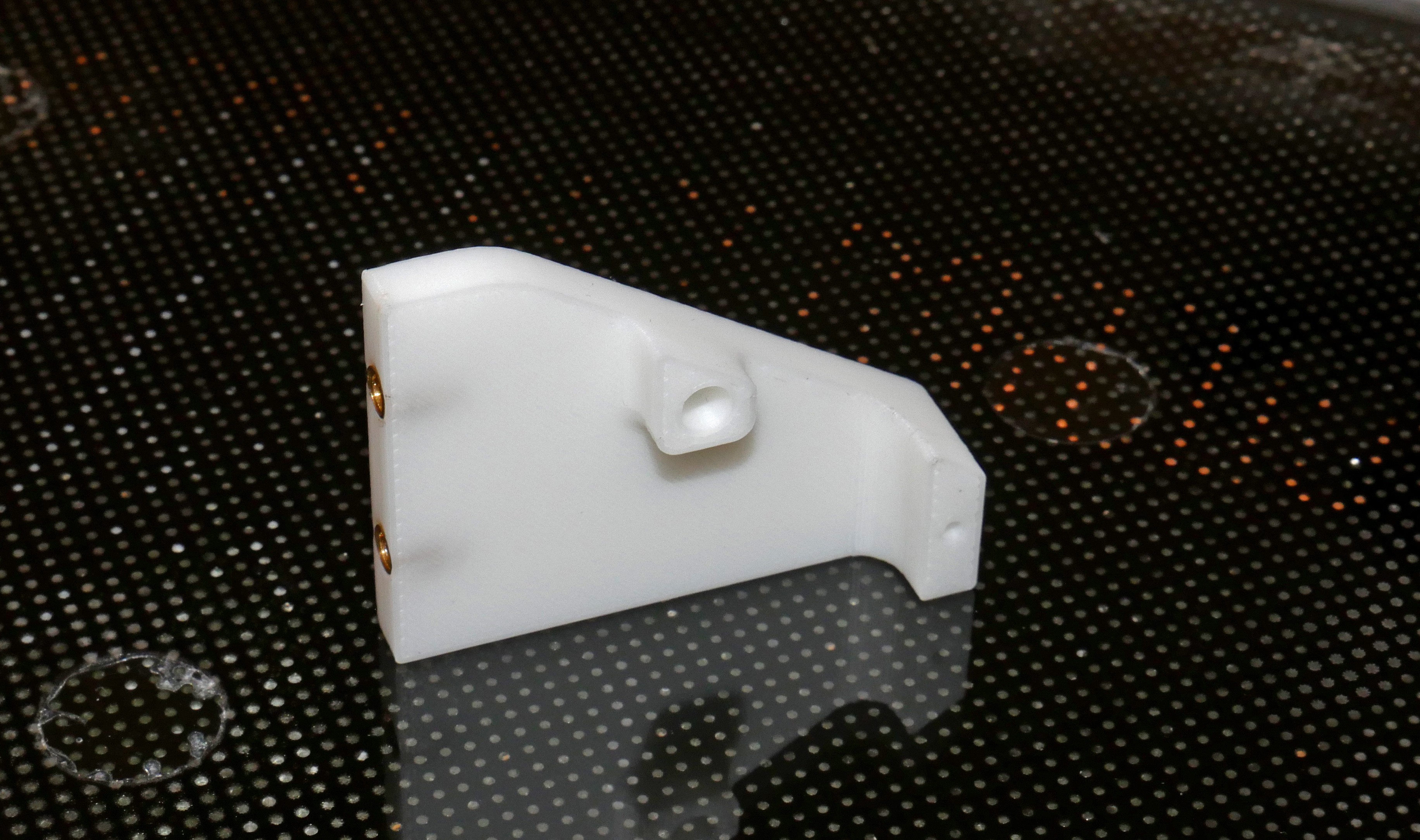
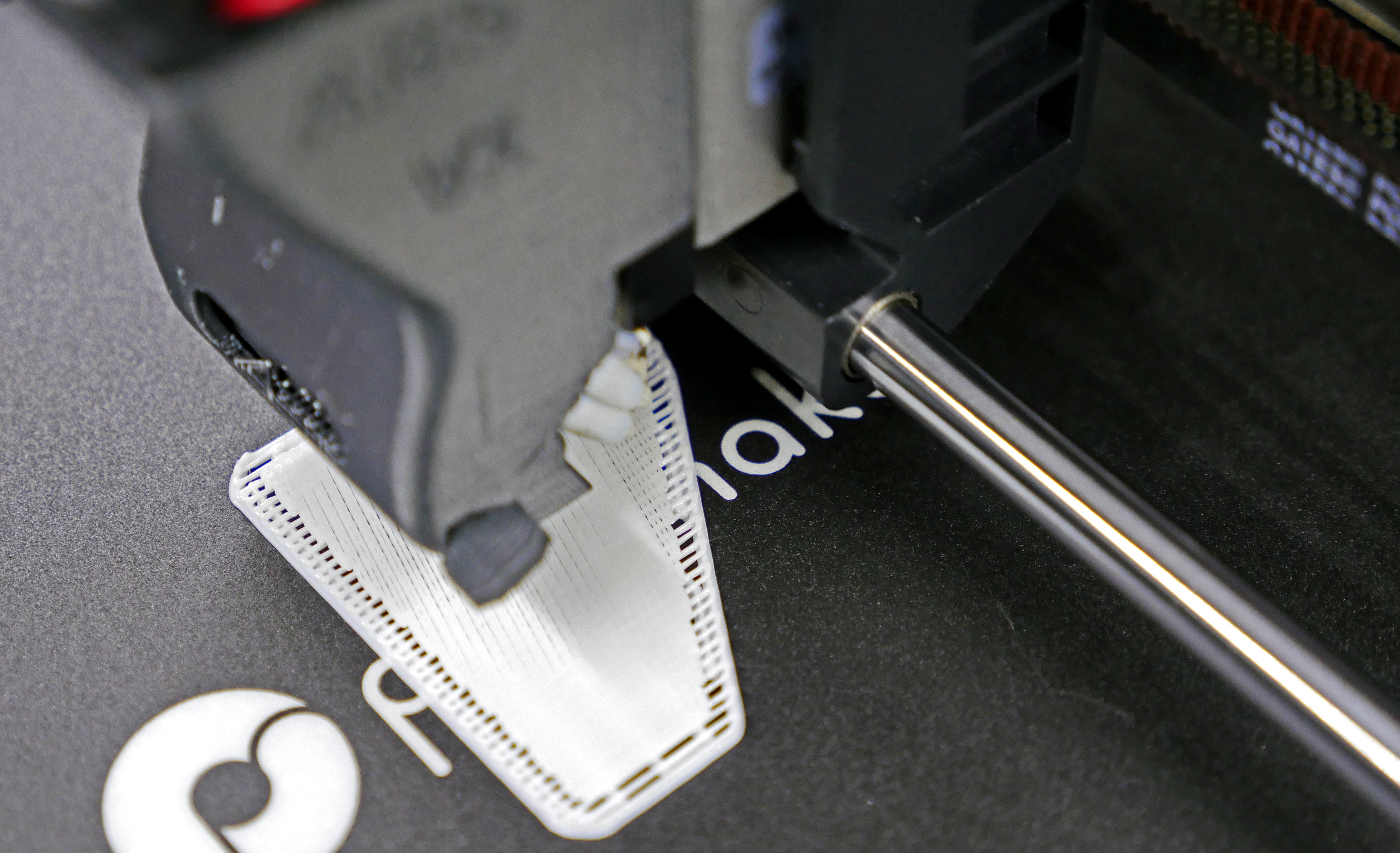
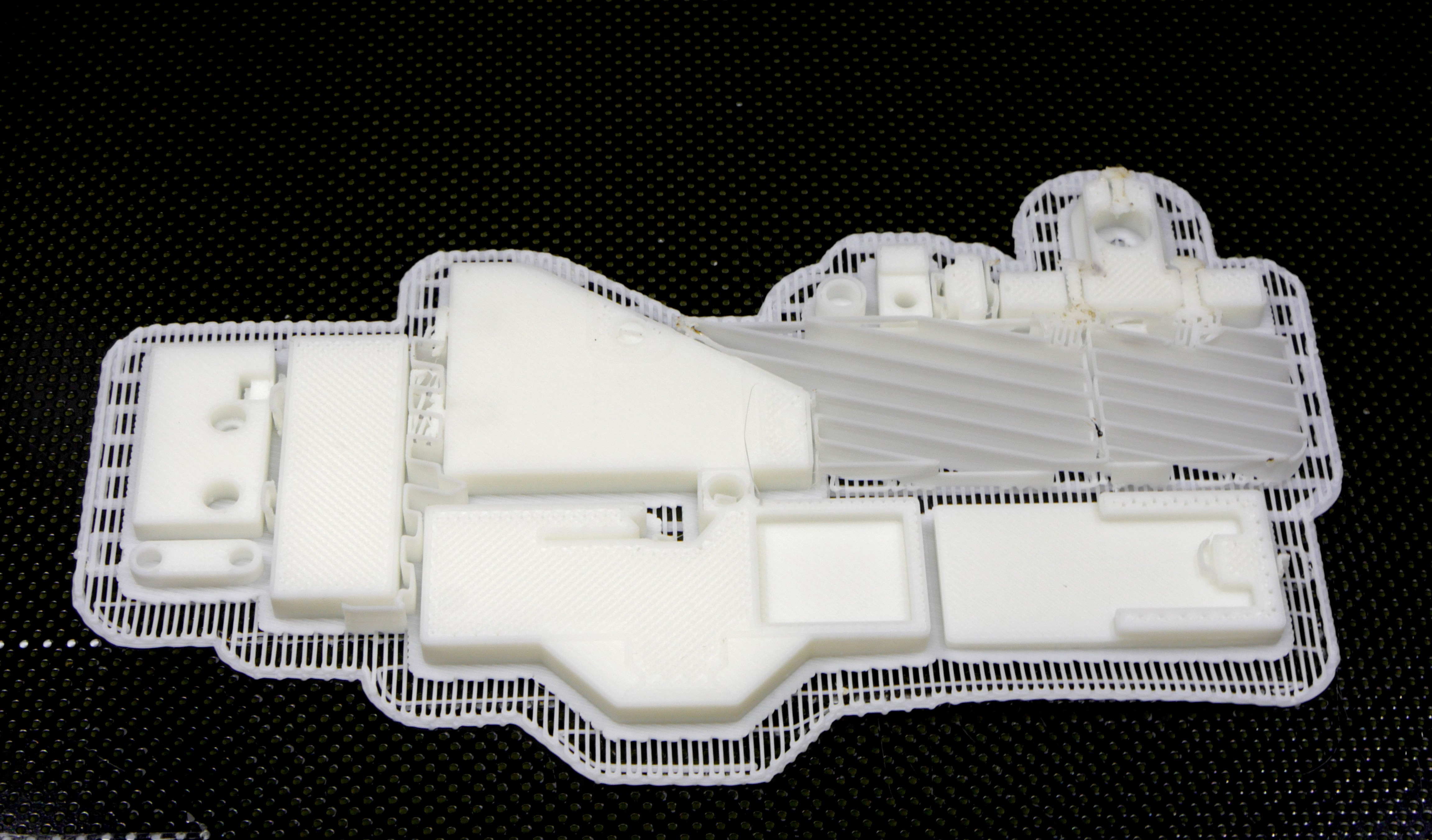
I guess this is what people will buy this printer for, ABS and TPU...
Read more » megahercas6
megahercas6
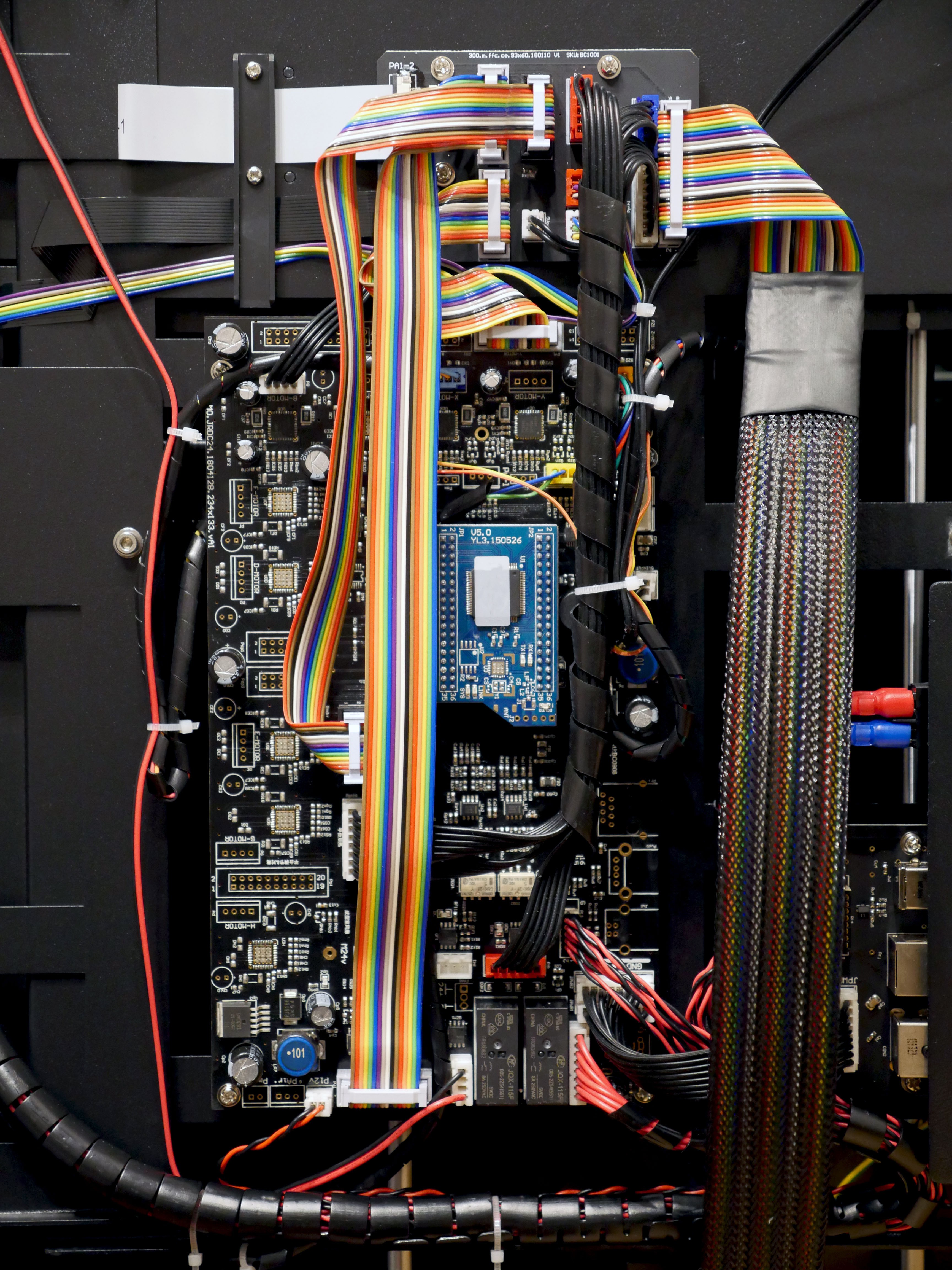

For ABS printing use acetone with ABS to make a slurry on the perf board. In between prints scrape it clean to keep it from building up a layer. It works amazingly well. My main complaint with the machine is the same issues you have though my biggest one is lack of GCODE import support.